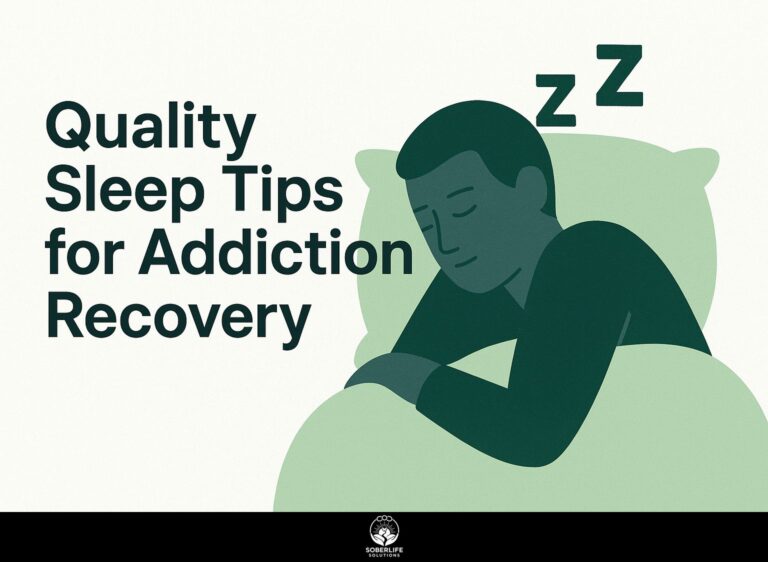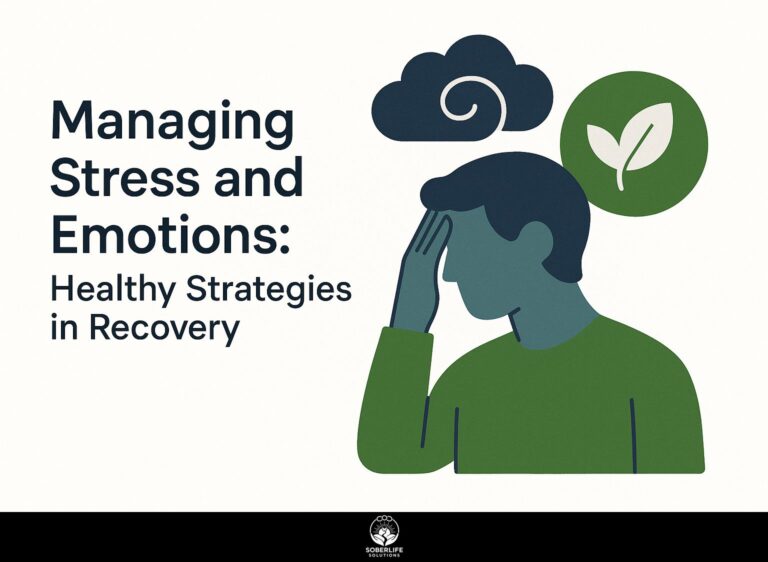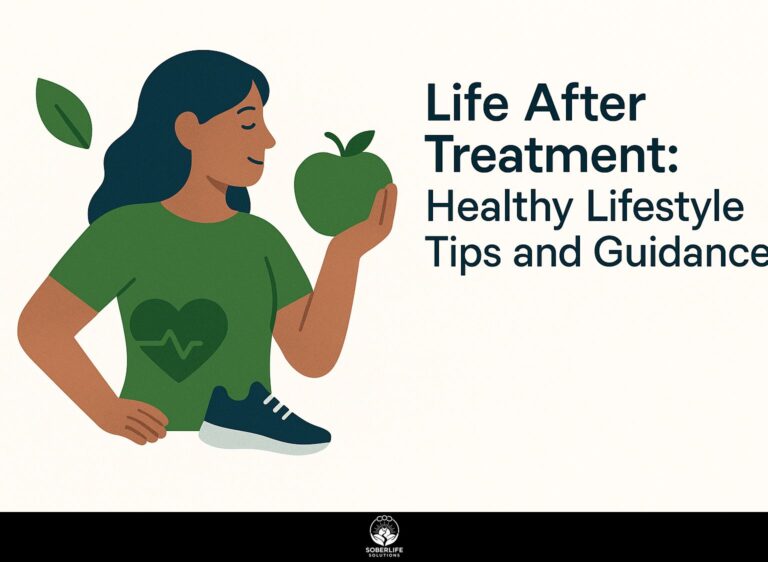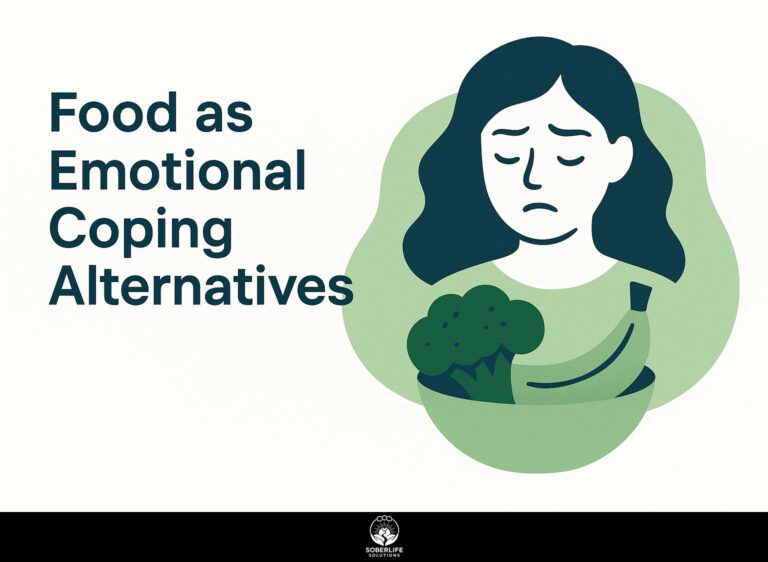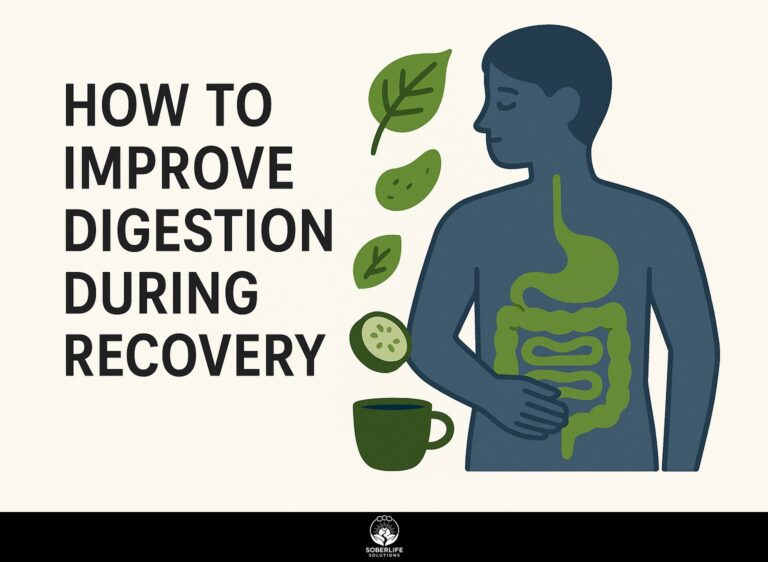Foods to Reduce Cravings Guide
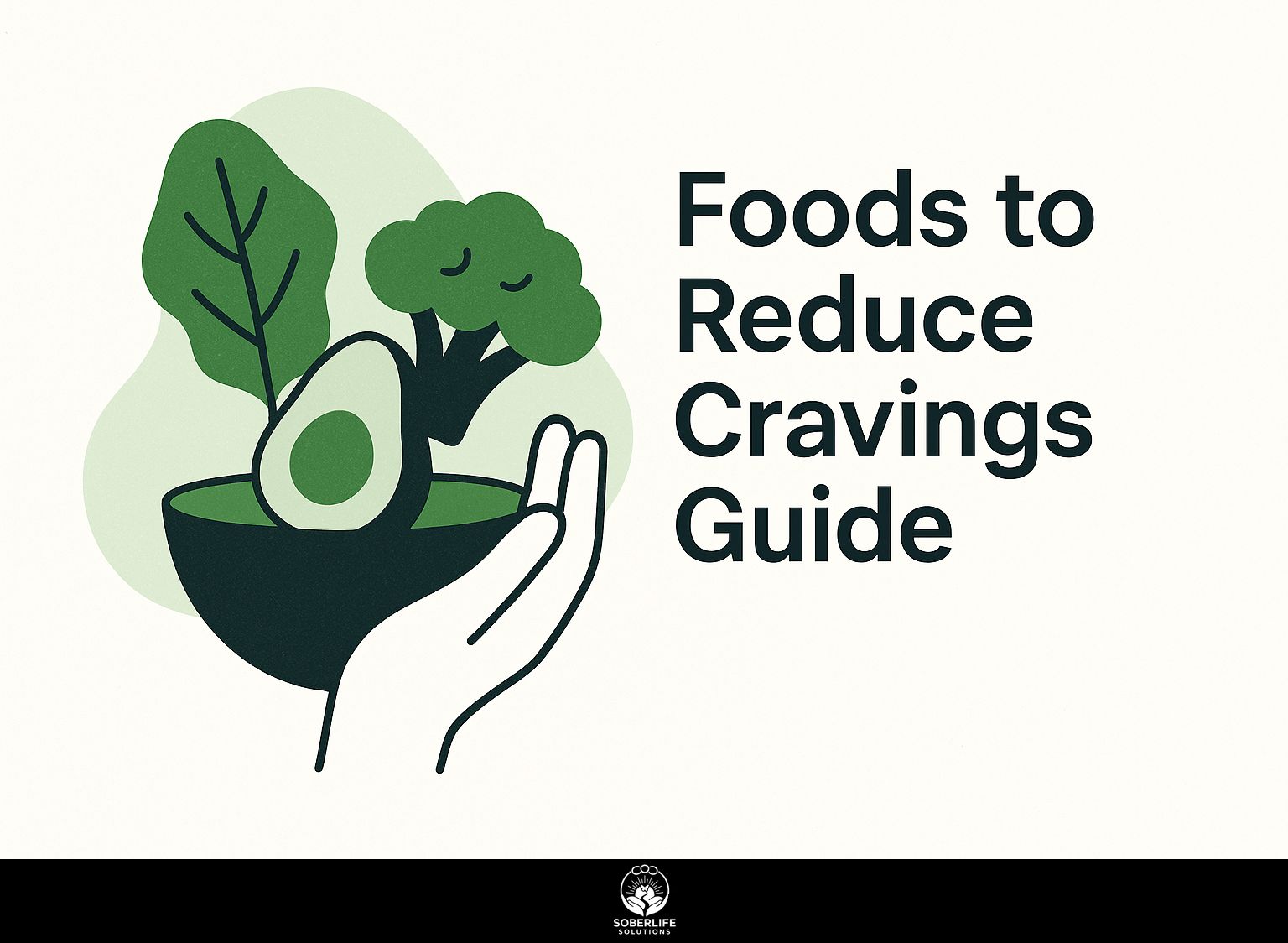
Having trouble with strong food cravings that ruin your diet? These urges hijack the brain reward system, as hyperpalatable foods trigger dopamine release and scramble hormonal signals. Investigative journalist Michael Moss unravels this in his eye-opening books, while the American Psychiatric Association echoes it through the Yale Food Addiction Scale-treating cravings like a form of addiction. This guide reveals nutrient-packed foods to curb them, helping you eat smarter and feel satisfied.
Key Takeaways:
Understanding Cravings
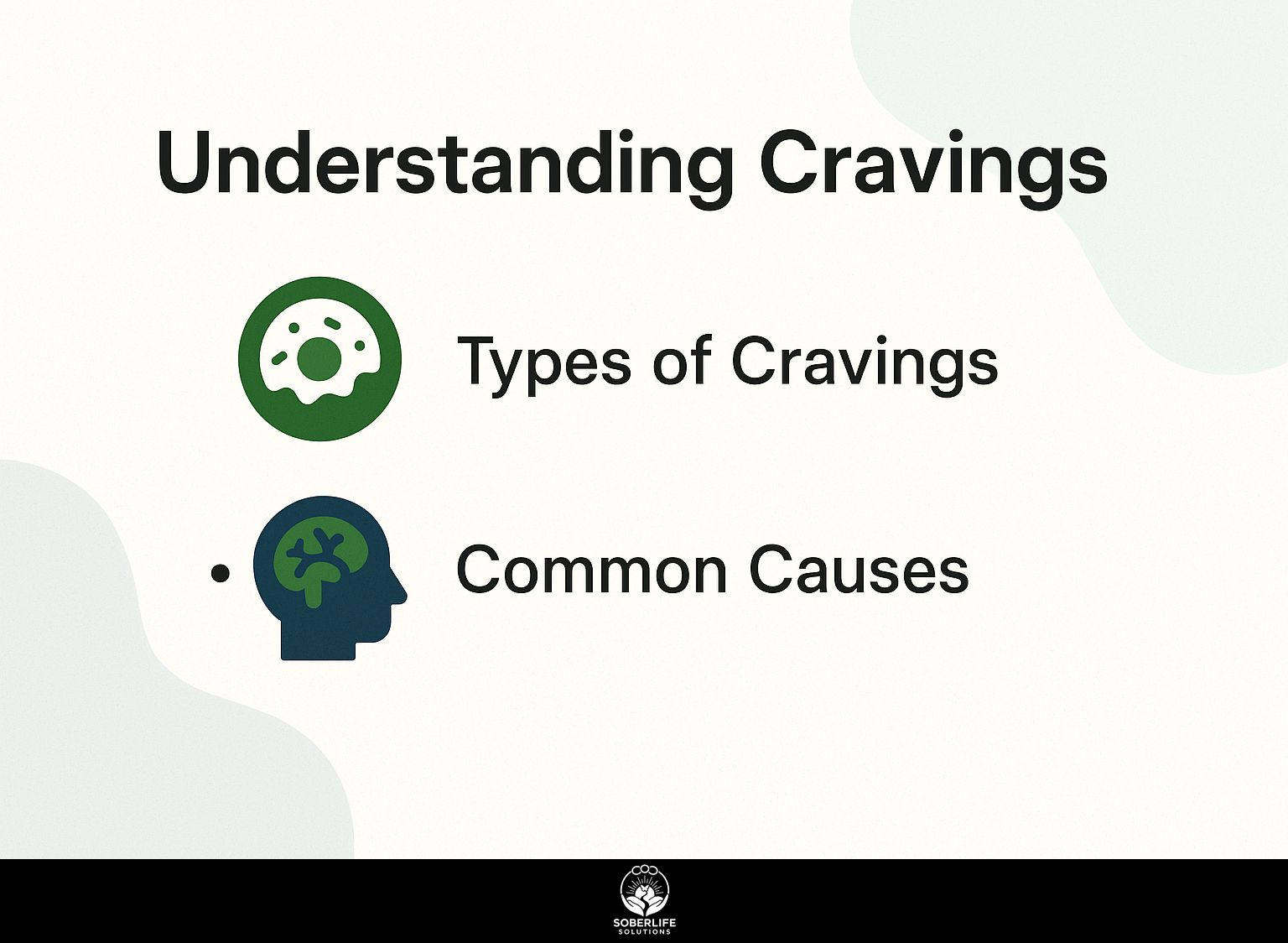
Cravings hijack the brain’s reward system, triggering dopamine release similar to addictive substances, as explained by the American Psychiatric Association in the Diagnostic and Statistical Manual of Mental Disorders. To counteract these powerful impulses, explore relapse triggers, identification, risks, and prevention strategies that can help safeguard your recovery journey.
Types of Cravings
Cravings fall into three main types: sugar-driven (affecting 70% of dieters), salt-based (linked to 40% of stress episodes), and emotional triggers leading to binge eating in 25% of cases.
Sugar addiction shows as intense post-meal chocolate urges, per Nurses’ Health Studies linking it to dopamine spikes.
Combat it by swapping sweets for fruit like berries, which stabilize blood sugar.
Salt cravings often trigger midnight chips binges from dehydration; counteract with hydrating electrolyte drinks like coconut water.
Emotional eating involves comfort foods during anxiety, driven by cortisol-journal triggers or use apps like Calm for 10-minute breathing exercises.
Identify your type with a Yale Food Addiction Scale self-test, as detailed in a 2022 article from Frontiers in Psychiatry: Rate 0-3 (never-always) for symptoms like intense urges, loss of control, tolerance buildup, and withdrawal distress.
A total of 6 or more points shows moderate addiction; see a nutritionist for personal plans.
Common Causes
Hormonal imbalances like elevated ghrelin hormone drive 60% of cravings, while leptin resistance from chronic high-sugar diets silences fullness signals, according to research on neural and hormonal mechanisms of appetite regulation published in Frontiers in Nutrition.
To combat these, address four key causes with targeted strategies:
- Ghrelin spikes: Skipping meals raises this hunger hormone by 30%, per studies. Prevention: Eat balanced meals every 3-4 hours, like nuts and yogurt, to keep levels stable.
- Leptin resistance: Linked to the obesity epidemic; test blood levels (aim under 10 ng/mL). Prevention: Start your days with breakfasts high in protein, such as eggs and vegetables, to improve sensitivity.
- Insulin fluctuations: Post-carb crashes double sweet cravings, as shown in glucose trials. Prevention: Pair carbs with fiber, like oats with berries, for steady blood sugar.
- Nutrient deficiencies: Low magnesium correlates to 50% of chocolate urges. Prevention: Supplement 300mg daily or eat spinach salads to replenish stores and curb impulses.
Key Nutrients for Craving Control
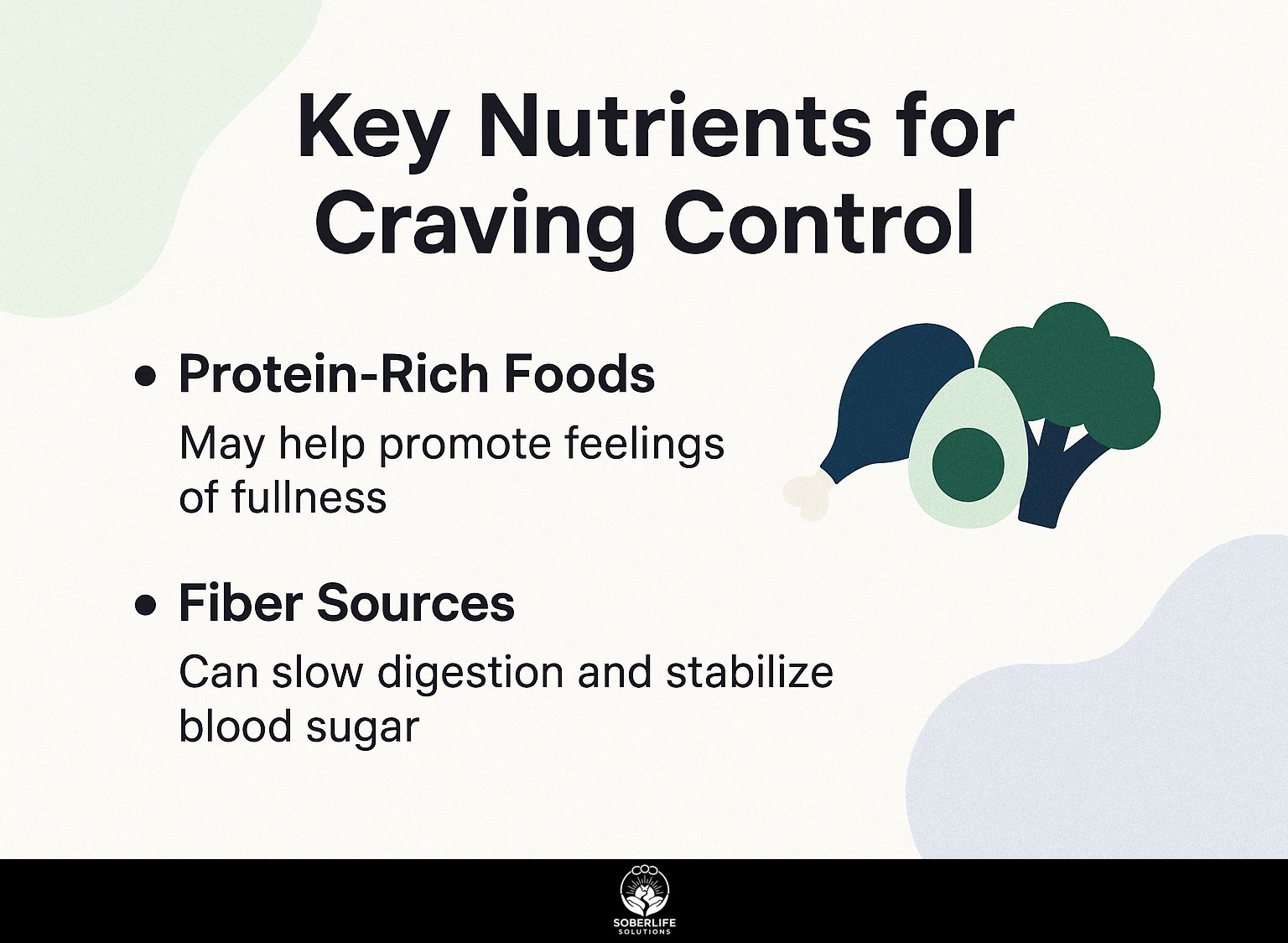
Targeting key nutrients like protein and fiber can slash cravings by 40%, as shown in the Harvard Nurses’ Health Study, where NutritionFacts.org details how high-protein diets reduced binge eating episodes by half (our guide to managing cravings explores holistic techniques to support recovery).
Protein-Rich Foods
Incorporating 25-30g of protein per meal, such as Greek yogurt with 20g per serving, balances ghrelin and leptin levels to cut sugar addiction by 35%.
Increase your intake using these specific sources. Each includes serving sizes and benefits:
- Greek yogurt (1 cup, 20g): Stabilizes insulin fluctuations for steady energy.
- Eggs (2 boiled, 12g): Reduces emotional eating by 25% through satiety signals.
- Chicken breast (4oz, 25g): Combats fat intake urges, supporting lean mass.
- Lentils (1 cup cooked, 18g): Helps fix nutrient shortages through fiber’s combined benefits.
- Almonds (1 handful, 6g): Fights tolerance effects by curbing mid-day crashes.
For actionable prep, make overnight oats: Combine 1 cup Greek yogurt, cup oats, chia seeds, and berries in three jars. Refrigerate overnight for 3 days of portable, craving-free breakfasts totaling 25g protein each.
Fiber Sources
High-fiber foods like oats (10g per serving) slow digestion, preventing 50% of post-meal crashes that trigger sweet cravings.
To get 25 to 30 grams of fiber each day, pick these choices:
- Apples: One medium provides 4g fiber, curbing pica-like cravings by stabilizing blood sugar.
- Chia seeds: Two tablespoons deliver 10g, balancing hormonal fluctuations during perimenopause.
- Broccoli: One cup offers 5g, reducing sugar withdrawal symptoms with its steady energy release.
- Bananas: One large supplies 3g, easing menopause-related mood swings.
For a dessert swap, make fiber-rich ice cream: Freeze two large bananas overnight, then blend until smooth and creamy.
Serves 2 with 6g total fiber, satisfying sweet urges without added sugars-takes just 5 minutes to prepare.
Top Foods to Reduce Sugar Cravings
Swap sugar-laden treats with dark chocolate (70% cocoa, 1oz limits intake to 5g sugar) to satisfy brain reward without dopamine spikes exceeding healthy levels.
Based on Nurses’ Health Studies, here are the top 5 foods ranked by efficacy for curbing sugar cravings:
- Dark chocolate: Antioxidants reduce cravings by 40%; limit to 1 square daily.
- Berries: 1 cup provides low-glycemic satisfaction; pair with mindful eating to increase satiety.
- Trail mix: 1/4 cup of nuts and fruit stabilizes leptin resistance, preventing overeating.
- Cinnamon tea: 1 cup daily mimics sweetness, easing transitions from sugary drinks.
- Avocado: 1/2 fruit’s healthy fats block reward pathways, promoting fullness.
Substitution chart:
- Chocolate bar Dark chocolate: 70% fewer calories while retaining flavor.
- Candy Berries: Halves sugar intake with added fiber.
Foods to Combat Salty Cravings
Potatoes baked with skin (1 medium, 4g potassium) neutralize salt cravings by countering sodium’s 20% dehydration effect on hormonal signals.
To create a strong shield against salty cravings, add these four research-supported foods that fight them to your daily habits.
- Low-sodium pickles (5 spears): Delivers crunch and tang without adding 500mg excess salt, mimicking pickle juice’s electrolyte balance per a Journal of Nutrition study.
- Air-popped popcorn (3 cups): High fiber (3.5g) promotes satiety, curbing binge urges by 25% as shown in Appetite research.
- Olives (10 pieces): Monounsaturated fats lower cortisol by 15%, reducing stress-driven cravings according to Endocrine Society findings.
- Seaweed snacks (1 pack): Supplies iodine to address shortages that increase salt cravings, according to Thyroid Journal data.
Pro tip: Season these with herbs like rosemary or dill instead of salt- a Denver University study found this cuts intake by 30%, especially countering gender biases in cravings.
Hydration’s Role in Reducing Cravings
Drinking 8-10 glasses of water daily cuts cravings by 25%, as dehydration mimics hunger via ghrelin hormone surges, per UConn Rudd Center findings.
This works because water flushes out cortisol, a stress hormone that can spike appetite hormones by 15%, keeping your hunger signals in check.
To maximize benefits, try these strategies:
- Infuse water with lemon slices for 2 liters daily, which combats sleep deficiency’s craving effects by boosting hydration and vitamin C.
- Drink an 8oz glass before meals to reduce calorie intake by 13%, signaling fullness to your brain.
- Sip herbal teas like peppermint (3 cups daily) to ease urges for salty snacks after exercise.
Record your water intake and how often cravings happen each day for 7 days. Work to keep cravings below 3 times so you can adjust your routine.
Practical Tips and Meal Ideas
Eating meals every 4 hours, such as a 400-calorie lunch, keeps insulin levels steady and reduces emotional eating by 50%. GLP-1 drugs like Ozempic (semaglutide) provide extra help in serious cases.
To maximize these benefits, try these 5 practical tips:
- Reduce stress with 10-minute meditation before meals-this approach aligns with the principles outlined in our guide to managing stress and emotions: healthy strategies in recovery. It can lower cortisol by 20%, easing cravings.
- Swap unhealthy snacks like chips for trail mix, providing sustained energy without the crash.
- For breakfast, build a Greek yogurt parfait with berries and nuts (300 calories, high in protein and fiber).
- Opt for homemade banana ice cream as an evening treat-blend frozen bananas for a creamy snack under 150 calories.
- If you score high on the Yale Food Addiction Scale, consult a doctor about Mounjaro (tirzepatide).
Start a weekly plan: Monday lunch features a yogurt bowl; track progress to limit sweet cravings to once a week.
Frequently Asked Questions
What is the Foods to Reduce Cravings Guide?
The Foods to Reduce Cravings Guide lists particular foods and eating plans that control and cut back on cravings for unhealthy foods. It supports improved daily eating by choosing foods packed with nutrients.
Which foods does the Foods to Reduce Cravings Guide recommend for sweet tooth cravings?
In the Foods to Reduce Cravings Guide, fruits like berries and apples are highlighted for their natural sweetness and fiber content, which satisfy sweet cravings without spiking blood sugar levels, along with dark chocolate in moderation for a healthy indulgence.
How can the Foods to Reduce Cravings Guide help with salty snack urges?
The Foods to Reduce Cravings Guide suggests incorporating foods such as nuts, seeds, and vegetables like celery or carrots paired with hummus, which provide satisfying crunch and healthy fats to curb the desire for salty processed snacks.
What role do proteins play in the Foods to Reduce Cravings Guide?
Proteins are a key focus in the Foods to Reduce Cravings Guide, with recommendations for options like Greek yogurt, eggs, and lean meats that promote fullness and stabilize blood sugar, effectively reducing overall cravings throughout the day.
Are there any hydration tips in the Foods to Reduce Cravings Guide?
Yes, the Foods to Reduce Cravings Guide emphasizes hydration by suggesting water-rich foods like cucumbers and herbal teas, which can prevent mistaking thirst for hunger and help diminish unnecessary cravings for snacks.
How do I start using the Foods to Reduce Cravings Guide in my daily routine?
To begin with the Foods to Reduce Cravings Guide, identify your common cravings and swap them with guide-recommended alternatives, such as starting your day with a protein-packed smoothie, ensuring gradual integration for sustainable results.

